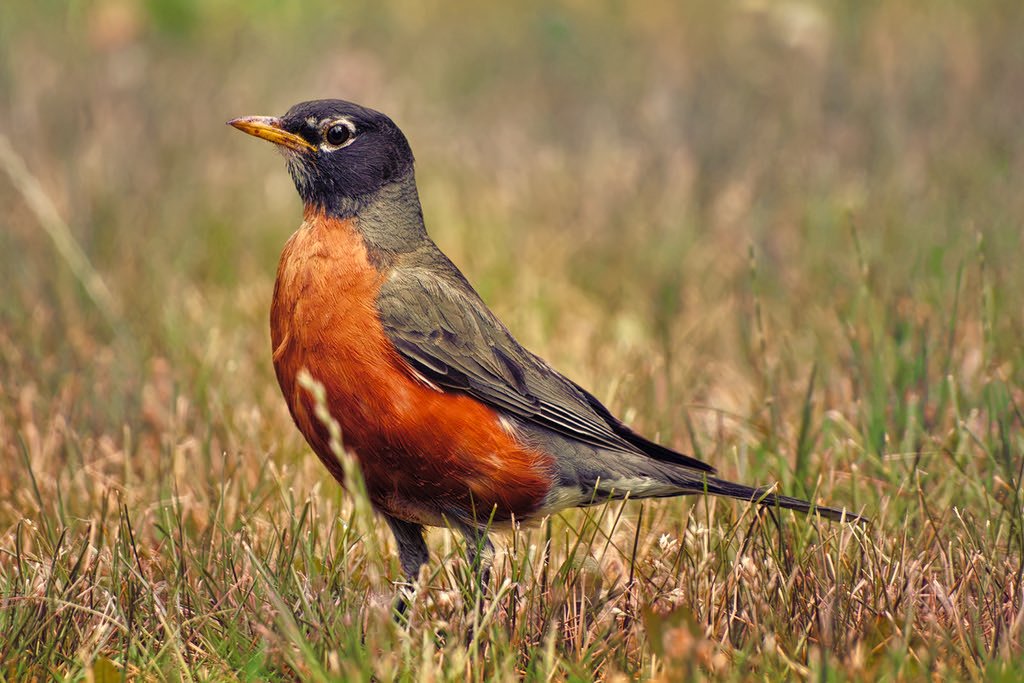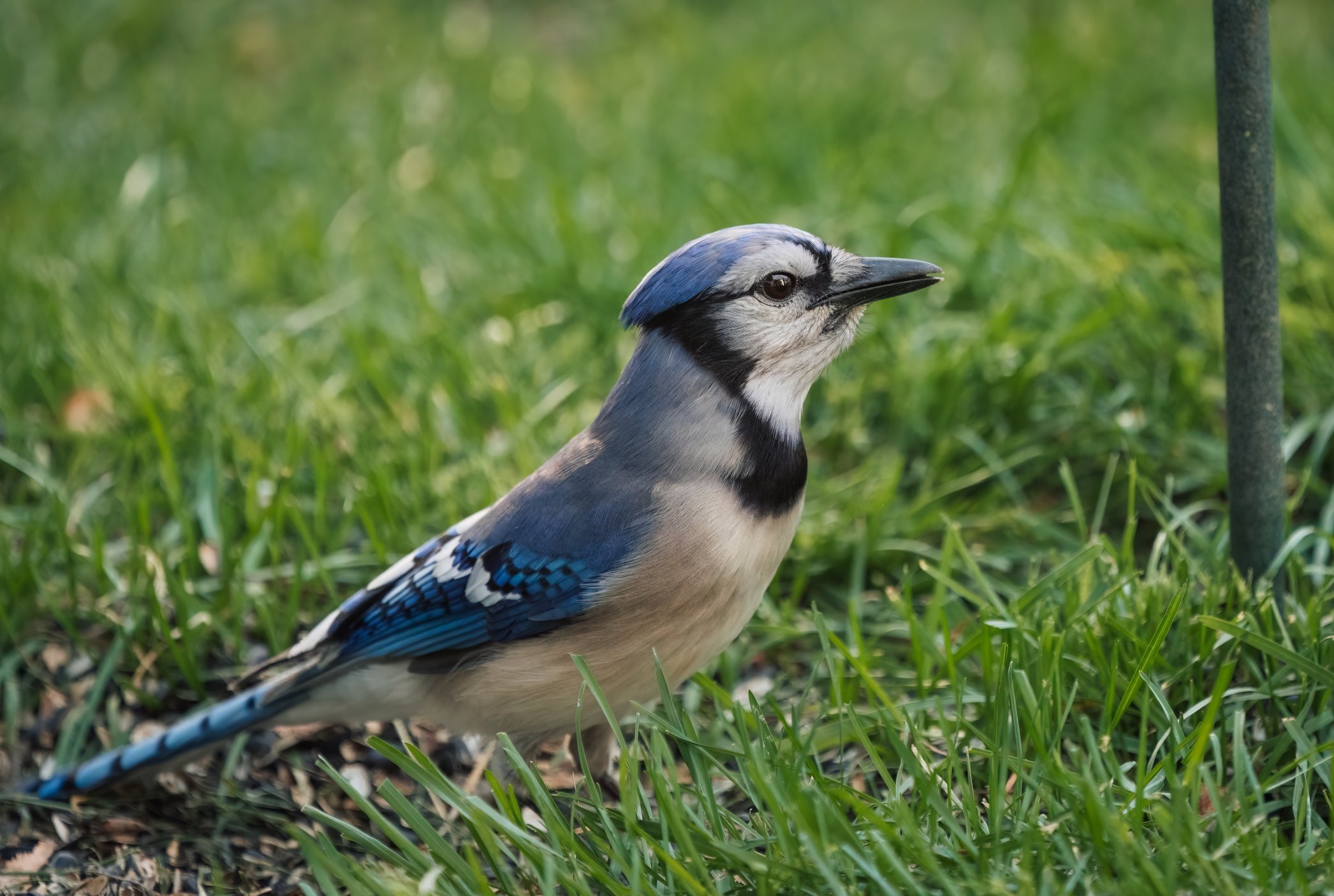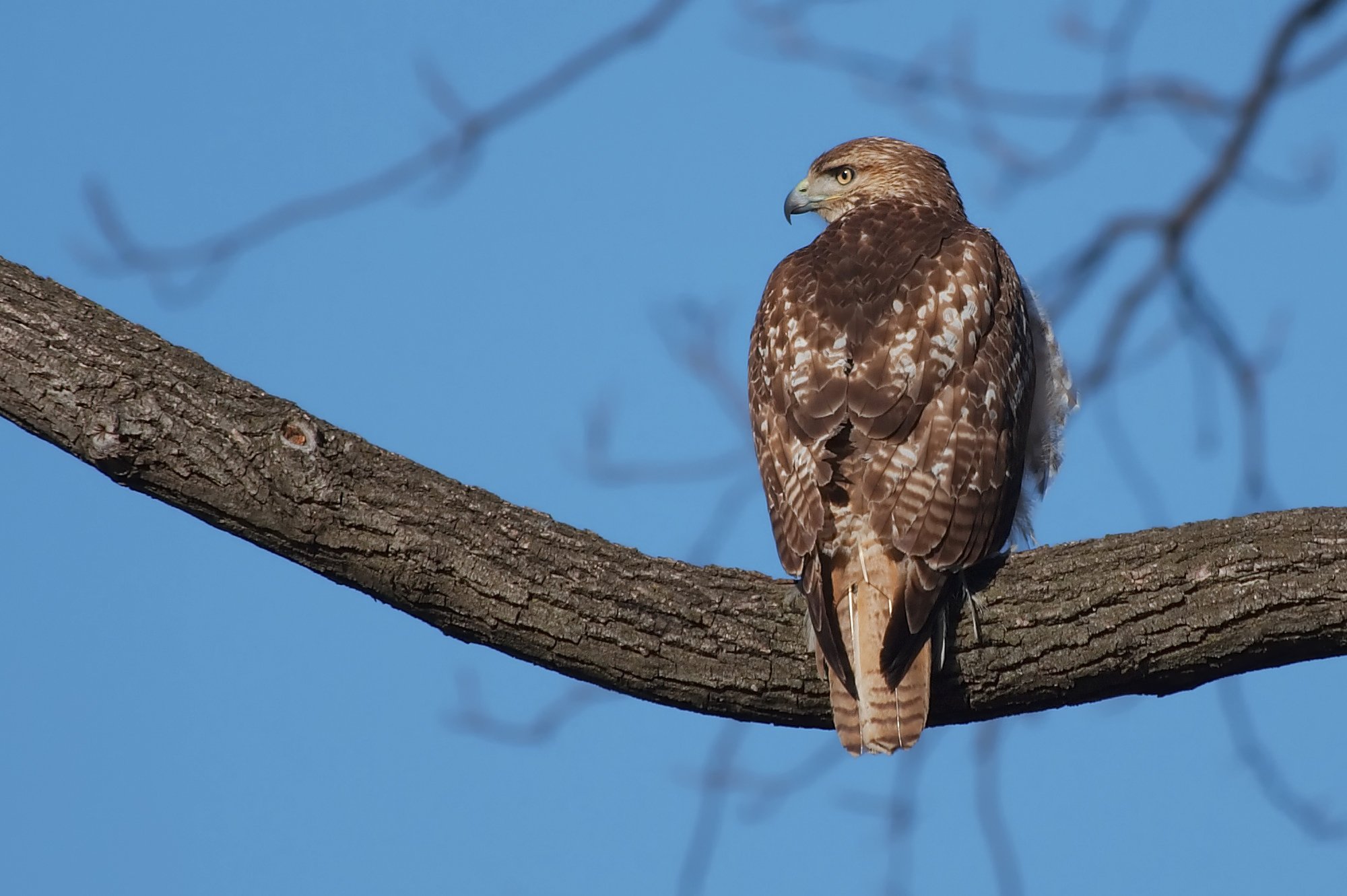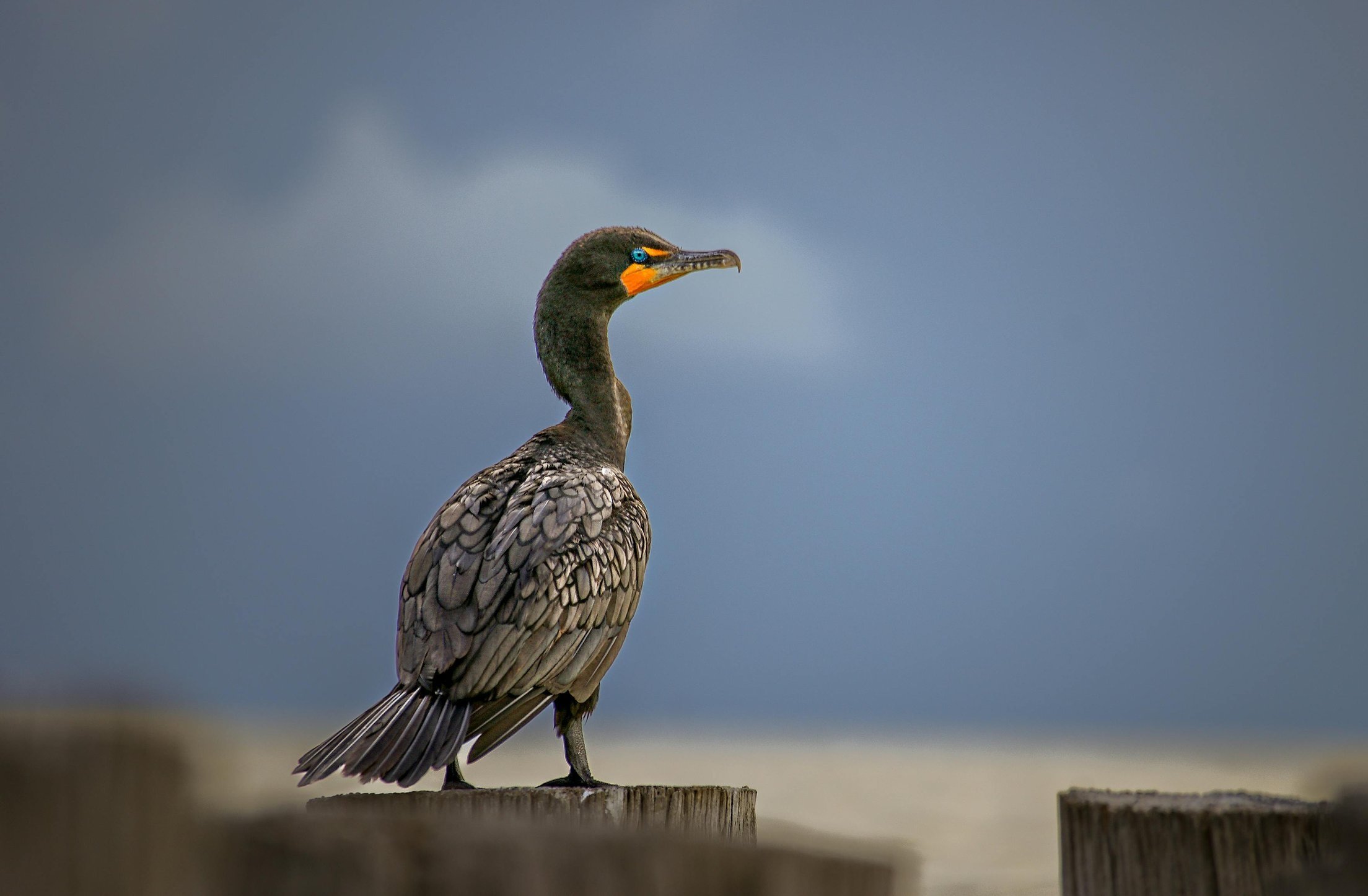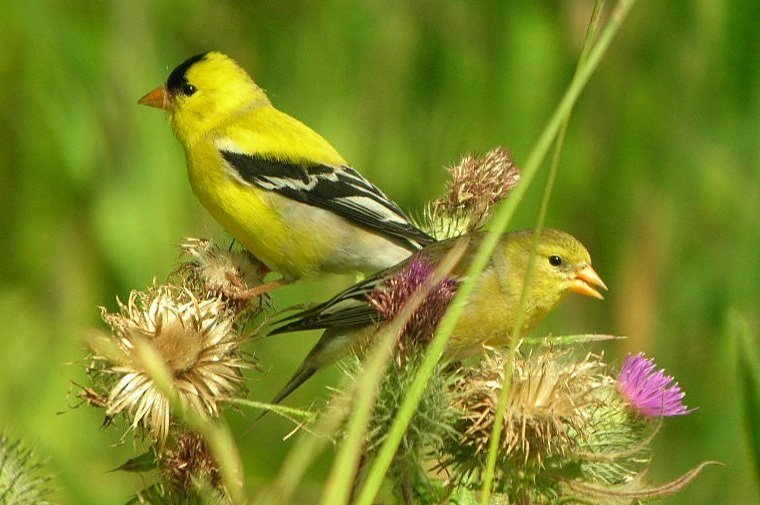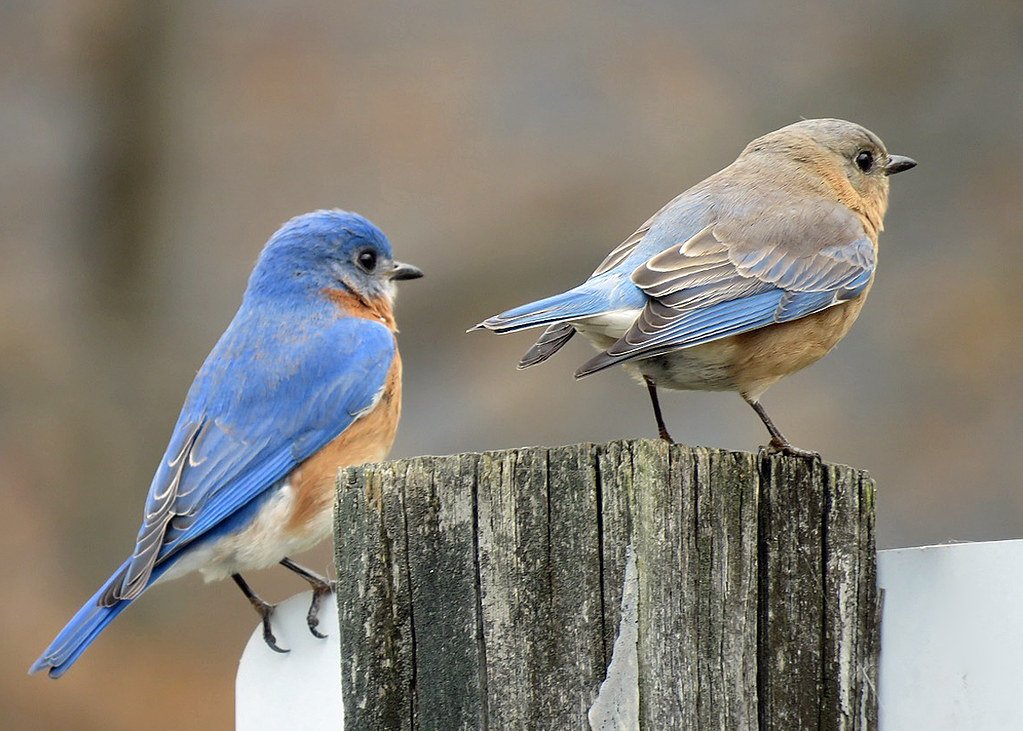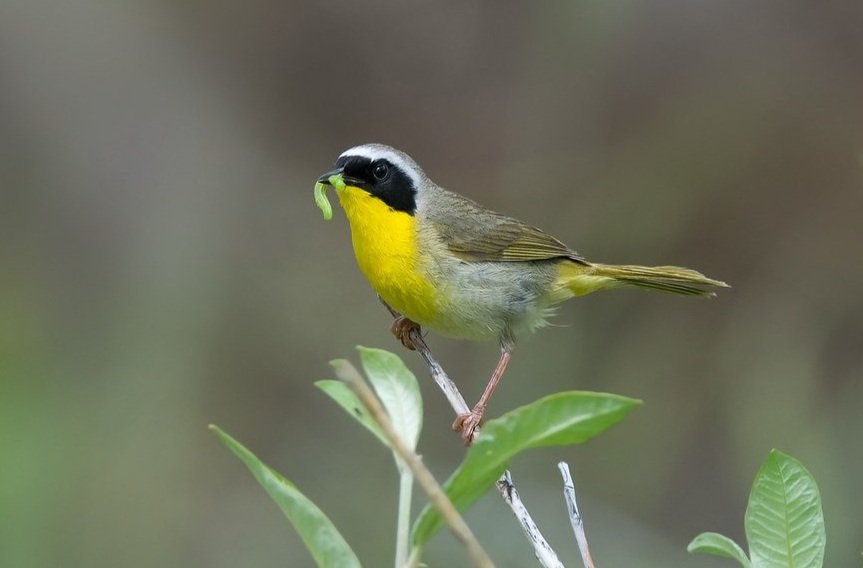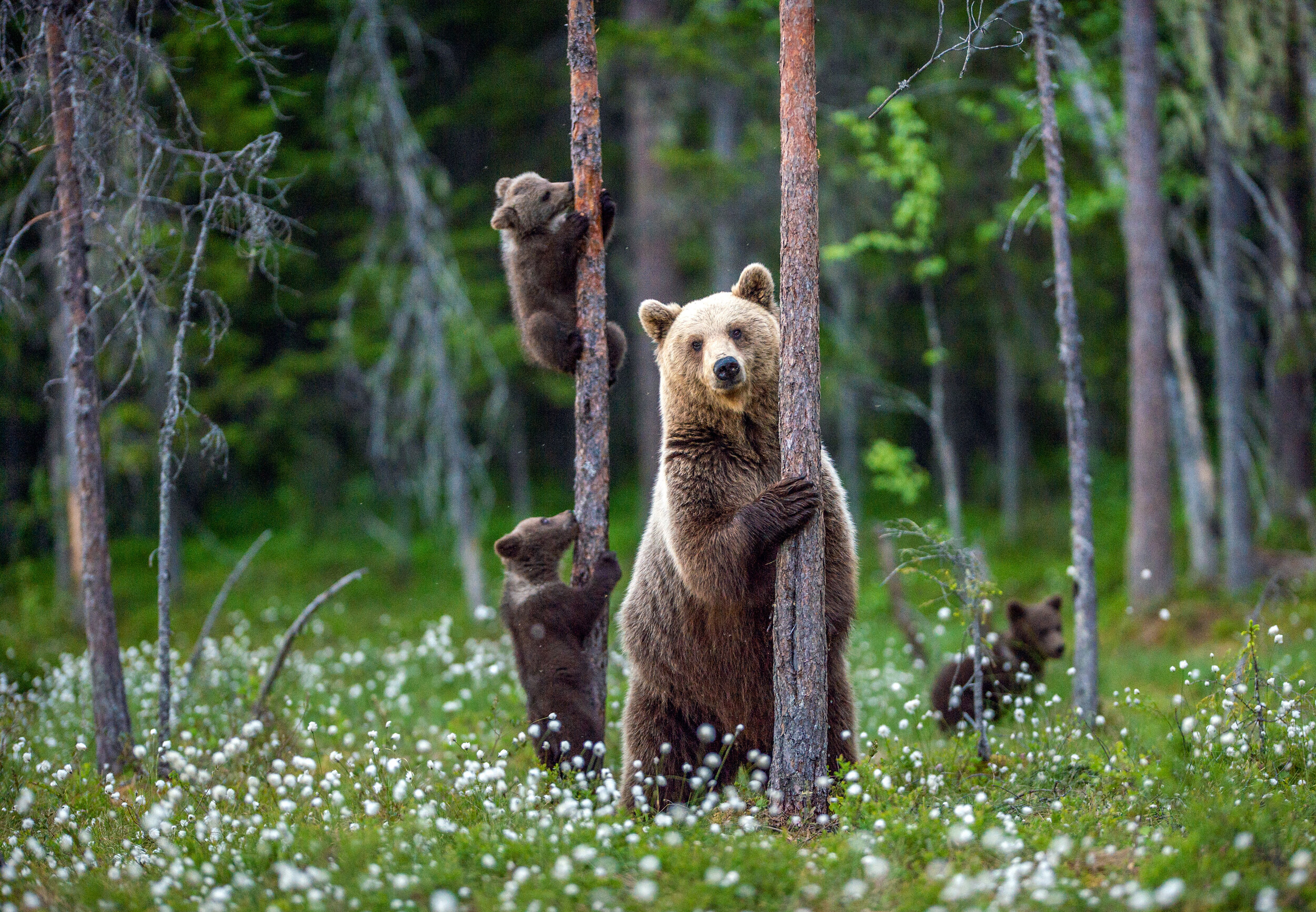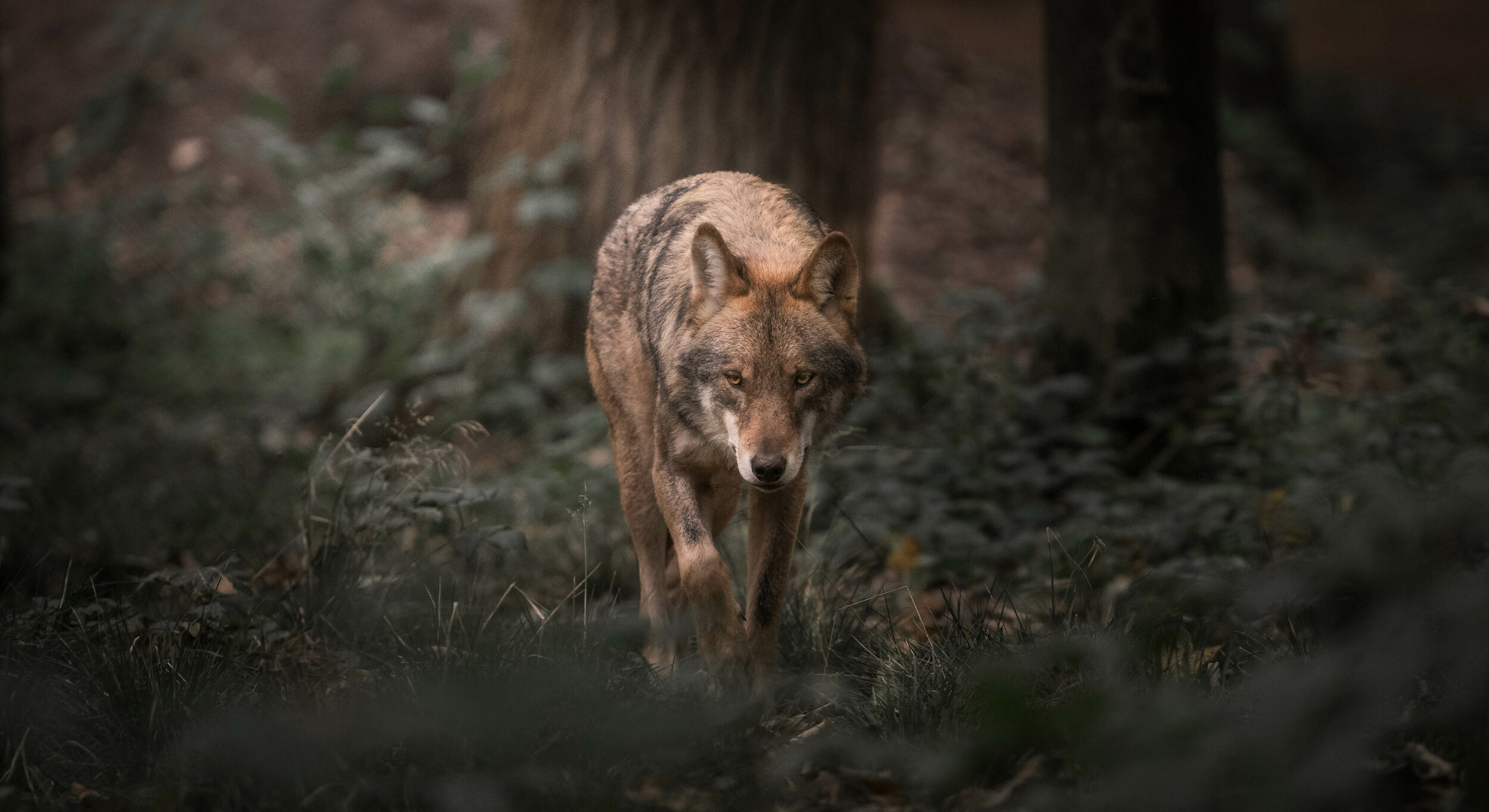New York City, renowned for its towering skyscrapers and bustling streets, might not seem like prime birdwatching territory at first glance. However, this dynamic metropolis is home to a surprising array of bird species, thanks to its parks, waterfronts, and green spaces. Whether you're a seasoned birder or a curious urban explorer, discovering the avian treasures of New York City can be a delightful adventure. In this post, we'll introduce you to 25 of the most commonly spotted birds in the Big Apple, offering insights into where and when you might encounter them.
Rock Pigeon
The rock dove, commonly known as the common pigeon, is an iconic fixture of New York City's urban landscape. Found in virtually every neighborhood, these birds are often seen perched on ledges, rooftops, and park benches, cooing softly or taking flight in bustling city squares. Their adaptability to urban environments and ability to thrive in close proximity to humans have made them a familiar sight throughout the city, where they play a role in the daily rhythm of city life.
House Sparrow
House sparrows flit and chirp through the cityscape, their brown plumage blending into the urban palette. Found in parks, gardens, and along city streets, they are fixtures of urban life. Their melodious chirps provide a comforting backdrop to city living, while their social behavior and communal nesting habits make them a common sight in neighborhoods across New York City.
European Starling
European starlings grace New York City's parks and open spaces with their iridescent plumage and melodic calls. Often seen in large flocks, they bring life to urban landscapes with their synchronized flights and intricate vocalizations. Their adaptability to city life is evident as they forage for food amidst bustling streets and green spaces, their glossy feathers shimmering in the urban sunlight. Despite being introduced to North America over a century ago, they have become an integral part of New York City's avian tapestry.
American Robin
The American robin, with its vibrant red breast and cheerful song, is a beloved harbinger of spring in New York City. From parks to suburban lawns, their presence signals the changing seasons as they forage for worms and insects with characteristic diligence. Their melodious warbles fill the air, uplifting spirits and adding a touch of nature to the urban landscape. While they may be common, their beauty and song never fail to captivate city dwellers, reminding them of the wonders of the natural world.
Mourning Dove
Mourning doves, with their soft coos and muted plumage, bring a sense of tranquility to New York City's urban jungle. Often seen perched on telephone wires and rooftops, they observe the city's hustle and bustle with quiet grace. Their gentle demeanor and understated beauty make them a comforting presence in parks and suburban neighborhoods, where they forage for seeds and grains with gentle pecks. Despite their unassuming appearance, they are a testament to nature's resilience, thriving amidst the chaos of the concrete jungle.
Blue Jay
Blue jays, with their striking blue and white plumage, are the avian jewels of New York City's parks and wooded areas. Their raucous calls and bold demeanor make them a charismatic presence in urban landscapes, where they flit among trees and shrubs in search of food. Known for their intelligence and social complexity, they are often seen in family groups, their intricate vocalizations echoing through the city streets. Despite their flashy appearance, they are skilled foragers, adept at finding hidden treasures amidst the urban foliage.
Northern Cardinal
The vibrant red plumage of the male northern cardinal stands out against the backdrop of New York City's parks and gardens. Their melodic songs fill the air, adding a touch of romance to the urban landscape. Found flitting among shrubs and trees, they forage for seeds and insects with characteristic agility. Despite their small size, they command attention with their striking appearance and cheerful demeanor. Whether perched on a branch or hopping along the ground, they bring a splash of color and song to the bustling city streets.
Red-tailed Hawk
Red-tailed hawks, with their keen eyesight and majestic wingspan, soar high above New York City's skyscrapers, a reminder of the city's wild heart. Often seen perched on tall buildings and bridges, they survey the urban landscape with regal poise. Their piercing cries echo through the canyons of concrete, announcing their presence to the world below. While less common than smaller birds, their commanding presence and aerial prowess make them a symbol of freedom and resilience in the urban jungle.
American Crow
American crows, with their glossy black plumage and distinctive cawing calls, are the enigmatic guardians of New York City's parks and open spaces. Often seen foraging for food in groups, they navigate the urban landscape with ease, their intelligence and adaptability evident in their resourceful behavior. From scavenging for scraps to vocalizing warnings to their flock, they play an important role in the city's ecosystem. Despite their sometimes ominous reputation, they are a testament to nature's resilience, thriving amidst the chaos of the urban jungle.
Canada Goose
Canada geese, with their distinctive honking calls and V-shaped formations, are a familiar sight in New York City's parks and waterways. From Central Park to the Hudson River, they gather in large flocks, their graceful presence adding a touch of wild beauty to the urban landscape. Whether gliding across a pond or grazing on a grassy lawn, they evoke a sense of tranquility and connection to the natural world. Despite their urban adaptations, they remain symbols of untamed wilderness, reminding city dwellers of the wild spaces beyond the city limits.
Ring-billed Gull
Ring-billed gulls, with their sleek white plumage and distinctive black markings, are the seafaring ambassadors of New York City's waterfronts and coastal areas. From Coney Island to the East River, they soar above the waves, their sharp calls echoing across the city skyline. Whether diving for fish or scavenging for scraps, they are masters of the urban seascape, their elegant flights and aerial acrobatics a testament to their adaptability and resilience.
Double-crested Cormorant
Double-crested cormorants, with their sleek black plumage and piercing blue eyes, are the aquatic hunters of New York City's rivers, lakes, and coastal areas. Often seen perched on rocks or floating on the water's surface, they dive with precision and speed, disappearing beneath the waves in search of fish. Their skillful fishing techniques and social behavior make them a fascinating sight for city dwellers, who marvel at their underwater prowess and prehistoric beauty.
Black-capped Chickadee
Black-capped chickadees, with their distinctive black caps and cheerful songs, are the woodland sprites of New York City's parks and wooded areas. From Central Park to Inwood Hill Park, they flit among branches and shrubs, their acrobatic flights and whistled calls a delight to behold. Whether foraging for seeds or exploring nesting sites, they bring a sense of joy and wonder to the urban wilderness. Despite their diminutive size, they are resilient survivors, thriving amidst the towering trees and bustling streets of the city.
House Finch
Recognizable by their cheerful songs and vibrant plumage, house finches are a common sight in New York City's parks, gardens, and residential areas, especially during the warmer months. With their distinctive red plumage on males and subtle streaks on females, these small songbirds add a splash of color to urban green spaces as they forage for seeds, berries, and insects among shrubs and trees. Listen for their melodious warbling calls and keep an eye out for their acrobatic flights as they move from tree to tree in search of food.
Tufted Titmouse
These small, gray birds with distinctive crests can be found in parks and wooded areas throughout the city. Listen for their clear whistled calls.
Northern Mockingbird
Known for their impressive vocal mimicry and adaptability to urban environments, northern mockingbirds are often spotted in parks, gardens, and suburban neighborhoods across New York City. With their gray plumage, long tails, and white wing patches, these versatile songbirds blend in seamlessly with their surroundings as they forage for insects, berries, and fruit among shrubs and trees. Listen for their varied and melodious songs, which may include imitations of other bird species and even sounds from the urban environment, as they defend their territories and attract mates.
American Goldfinch
Recognizable by their bright yellow plumage and distinctive flight pattern, American goldfinches are frequently seen in parks, gardens, and open fields throughout New York City, particularly during the summer months. With their small size and slender bills, these charming songbirds specialize in feeding on seeds from plants such as thistles, sunflowers, and dandelions, making them a common sight at bird feeders and in meadows and fields. Keep an eye out for their undulating flight and listen for their cheerful, twittering calls as they move through the air.
Brown-headed Cowbird
Commonly seen foraging for food on the ground in parks and open areas, brown-headed cowbirds are known for their habit of laying eggs in the nests of other bird species.
Belted Kingfisher
Found along New York City's waterways and coastal areas, belted kingfishers are skilled hunters, often seen diving into the water in search of fish.
Eastern Towhee
Look for these large, ground-dwelling sparrows in parks and wooded areas, where they can often be seen scratching through leaf litter in search of insects and seeds.
European Herring Gull
With their distinctive white and gray plumage and yellow bills, European herring gulls are a common sight along New York City's waterfronts, from the Hudson River to the beaches of Queens and Brooklyn. Often seen soaring gracefully overhead or perched on piers and rocks, these gulls are opportunistic feeders, scavenging for food along the shoreline and congregating in large flocks during the winter months.
Common Grackle
With their iridescent plumage and distinctive calls, common grackles are a frequent sight in New York City's parks, open spaces, and urban areas, especially during the spring and summer months. These sleek, blackbirds with striking yellow eyes and long, keel-shaped tails are known for their bold behavior and opportunistic feeding habits, often congregating in large flocks to forage for food and roost in trees and shrubs. Keep an eye out for their distinctive calls and watch as they strut and hop across lawns and sidewalks in search of insects, seeds, and scraps.
White-throated Sparrow
Look for these small, distinctive sparrows with their bold black-and-white head stripes and bright white throat patches in parks and wooded areas throughout New York City, particularly during the fall and winter months. With their brown plumage, yellow lores, and clear, whistled songs, white-throated sparrows add a touch of charm to the city's green spaces as they scratch through leaf litter and forage for seeds and insects. Listen for their plaintive, whistled calls and keep an eye out for their distinctive head markings as they hop and flit among bushes and low branches.
Eastern Bluebird
Though less common than some other species, eastern bluebirds can be spotted in parks, gardens, and wooded areas throughout New York City, especially during the breeding season. With their vibrant blue plumage, rusty red breasts, and cheerful songs, these cavity-nesting songbirds are a welcome sight in urban green spaces as they perch on branches and fence posts, scanning the surroundings for insects and other prey. Keep an eye out for their distinctive flight pattern and listen for their sweet, warbling calls as they defend their territories and court potential mates.
Common Yellowthroat
These small, colorful warblers can be found in parks, wetlands, and brushy areas throughout New York City, especially during the spring and summer months. With their striking black masks, bright yellow throats, and distinctive "wichity-wichity" calls, common yellowthroats add a splash of color and song to the city's green spaces as they forage for insects and larvae among dense vegetation. Listen for their musical trills and keep an eye out for their quick, darting movements as they flit and hop among shrubs and grasses in search of food.
Barn Swallow
Look for these agile, acrobatic birds with their distinctive forked tails swooping and diving over open areas, waterways, and bridges throughout New York City, especially during the warmer months. With their sleek, blue-black plumage, long, pointed wings, and deeply forked tails, barn swallows are expert aerialists, catching insects on the wing as they perform dazzling aerial displays over parks, rivers, and open fields. Keep an eye out for their graceful flight patterns and listen for their cheerful twittering calls as they skim the surface of the water and dart through the air in pursuit of prey.



